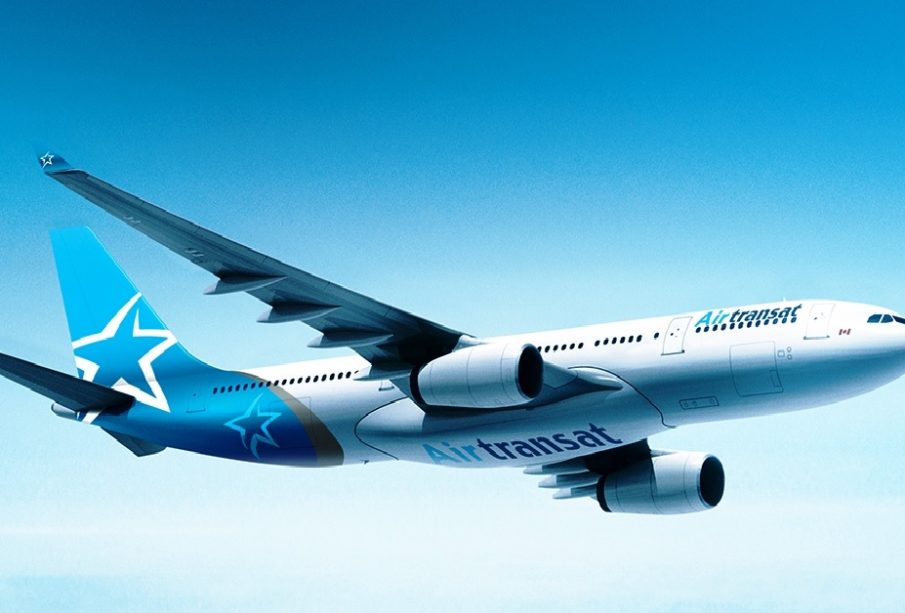Air Transat: Navigating Canada’s Aviation Landscape

Introduction
Air Transat, one of Canada’s largest leisure airlines, plays a crucial role in the country’s transportation network. With an extensive range of destinations in Europe, the Caribbean, Central and South America, the airline has become synonymous with affordable travel options for Canadians. In light of the ongoing recovery from the pandemic, understanding Air Transat’s current strategies and performances is essential for consumers and industry stakeholders alike.
Current Developments
As of late 2023, Air Transat has reported a significant rebound in travel demand compared to the previous years affected by COVID-19. The airline has resumed numerous routes, including popular destinations such as Cancun, Paris, and Orlando. According to the latest quarterly reports, Air Transat indicates that it has achieved over 90% of its pre-pandemic flight capacity, thanks in part to the increasing desire for leisure travel as restrictions ease globally.
In an effort to improve customer experience and streamline operations, Air Transat has also implemented several technological upgrades. These include enhancements to their website and mobile application, allowing for easier booking and customer service. Furthermore, the introduction of new, fuel-efficient aircraft models, like the Airbus A321neoLR, aligns with the airline’s commitment to sustainable tourism and reducing its carbon footprint.
Strategic Partnerships
In addition, Air Transat has formed partnerships with various travel agencies and organizations to offer package deals that combine flights with hotel accommodations and activities, catering to diverse traveller preferences. Collaborations with local tourism boards aim to promote less-travelled destinations, thereby enhancing regional tourism and providing travellers with authentic experiences.
Challenges and Future Outlook
Despite the positive trends, Air Transat faces several challenges, including rising operational costs and labor shortages, common across the airline industry. The current geopolitical climate and economic uncertainties also pose risks to air travel, potentially affecting demand. Nonetheless, industry analysts remain optimistic about Air Transat’s resilience and ability to adapt.
Conclusion
In summary, Air Transat is not only recovering from the impacts of the pandemic but also evolving to meet changing consumer demands and environmental concerns. With a solid strategy focused on customer experience and sustainable practices, the airline is well-positioned for future growth in the competitive landscape of Canada’s aviation sector. For travellers, Air Transat represents a reliable option for exploring the world, making it essential to stay informed about their offerings and developments in the coming months.









